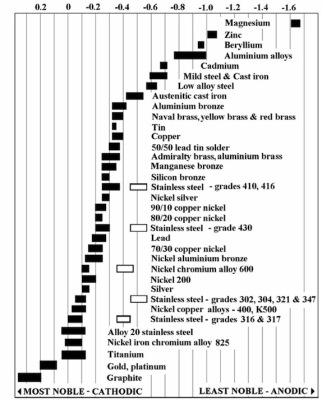Mastering Roof Inspections: Metal Roofs, Part 1
by Kenton Shepard and Nick Gromicko, CMI®
The purpose of the series “Mastering Roof Inspections” is to teach home inspectors, as well as insurance and roofing professionals, how to recognize proper and improper conditions while inspecting steep-slope, residential roofs. This series covers roof framing, roofing materials, the attic, and the conditions that affect the roofing materials and components, including wind and hail.



You may encounter metal roofs installed both as panels of various widths and profiles, and as smaller pieces that have been formed to look like tiles, shakes and slate. Some of these can be difficult to tell from the real thing at a distance.
Structural and Architectural Metal Roofing
Most metal roofing products are designed to be installed over a supporting roof deck that bears the structural load, transferring the load down through the walls to the building foundation, and then to the soil. These products are called architectural metal roofing.
Structural metal roofing products are usually thicker than architectural products and are installed without a supporting roof deck. They typically rest on purlins that are spaced according to the manufacturer’s requirements.
The term purlin, in this case, describes framing members typically installed parallel to the ridge for the purpose of supporting metal roofing. A purlin also refers to a system of braces used in conventional roof framing to reduce the distance spanned by rafters. Structural panels are more common in commercial, industrial and agricultural applications.
In manufacturing a broad variety of metal roofing products, different kinds of metals are used either alone or mixed together in different combinations to form alloys.
An important way that metal roofing products fail is through corrosion.
Energy State of Metals
Metal exists in nature as oxides -- aluminum oxide, iron oxide, and so on -- and the oxide form is metal’s simplest form, or what is called its lowest energy state. It doesn’t take any energy to get metal into a low-energy state because it’s already there.
When we mine, refine, combine, cast and roll metal, we put it into a high-energy state. It takes a lot of energy to get metal into this state.
High-energy metals are generally the least resistant to corrosion and are called the least "noble" metals.

Low-energy metals are the most resistant to corrosion and are called the most noble metals.
**************************************************
Learn how to master a roof inspection from beginning to end by reading the entire InterNACHI series: Mastering Roof Inspections.
Take InterNACHI’s free, online Roofing Inspection Course
Mastering Roof Inspections
Roofing Underlayment Types
Inspecting Underlayment on Roofs
Fall-Arrest Systems
Roofing (consumer-targeted)
More inspection articles like this

